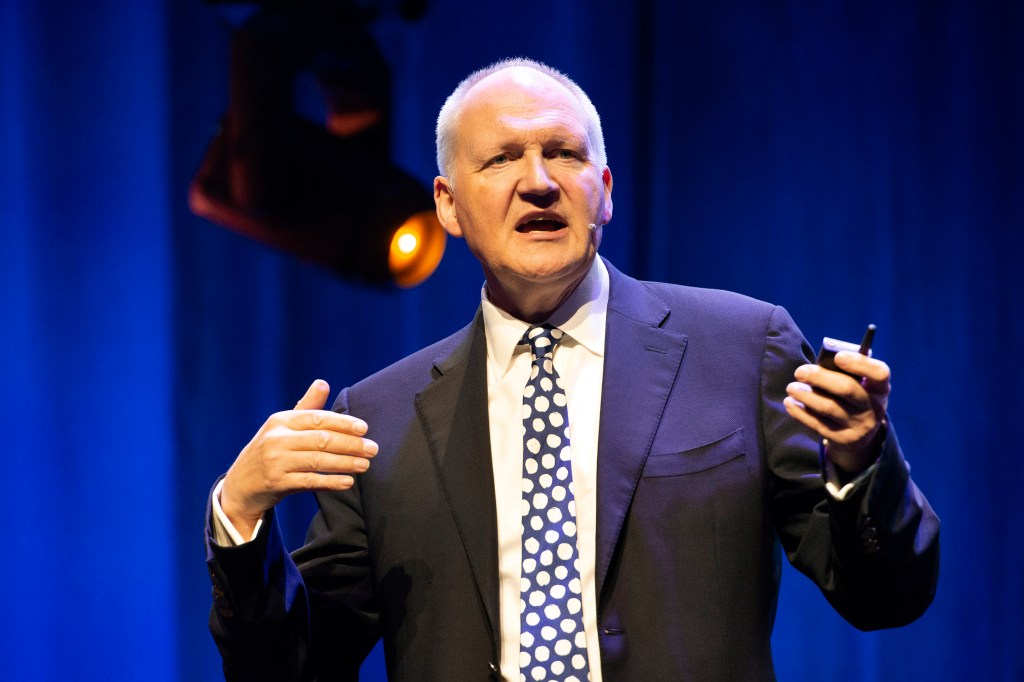Industry specialists expect the tech industry spending to remain solid, especially in Australia, despite recent layoffs and market turmoil.
Optimistic forecasts by global technology research company Gartner project a 5.8% increase in Australian tech spending, well above its estimate for global spending growth in the sector of 2.4%.
While Australian spending on devices, alongside communication and IT services, is predicted to see comparable growth rates to the previous year, Gartner is expecting a shift in other areas.
Spending growth on Data Centre Systems is predicted to fall from 13.5% in 2022 to just 0.8% this year, mimicking the 11.3% decrease in global growth forecasts for the same area. Gartner vice president Andy Rowsell-Jones provides a reason for this movement.
“Spending money on data centres doesn’t make sense because most companies are [moving away from] data centres. [They] see the writing on the wall … [and] alternatives such as the cloud [or] package solutions are becoming a very viable, very attractive alternative,” says Rowsell-Jones.
Analysts don’t expect this movement to impact overall spending, declaring that it doesn’t decrease spending; it just becomes classified as something different.

High growth in software expenditure is expected to follow in Australia, with Gartner predicting a 10.9% jump in 2023.
Such spending is heralded as a good sign for Australia, Rowsell-Jones explained.
“The fact companies are investing in information technologies is indicative of a well-functioning civilisation,” he says.
He continued to say that “if Australia is going to be the smart nation, a nation where people want to live, we have to have great services and a great lifestyle, all of which require better information.”
The geographic isolation of Australia from ongoing socio-political pressures, such as those in Europe and North America, is another factor that he claims means we don’t have the sort of cost pressures that can lead to CIOs being asked to cut spending budgets.
However, this separation from global markets diminishes competition levels, which may have created inefficient spending practices that could sacrifice value for big-name security. Rowsell-Jones says, “Australians will probably continue to pay the main vendors at higher prices in search of security and certainty of support.”
So, if IT is in such demand why have so many tech firms contributed to the ongoing slew of layoffs?
Rowsell-Jones maintains that the layoffs are selective.
“The big tech giants are perhaps laying off those who are not valuable tech assets,” he says.
Rowsell-Jones believes that the majority of tech workers are safe in their jobs, particularly highly skilled employees, “If they’re in AI or cybersecurity, you’re not firing those people … and those laying people off are in a very small minority to begin with.”
According to the Gartner report, investment in IT is expected to continue even in uncertain global economic conditions. Despite inflation pressures crippling consumer markets, “enterprises continue to increase spending on digital business initiatives,” says John-David Lovelock, vice president analyst at Gartner. Analysts see this further spending as a solution to the problem, not a cost contributor.
“Investing in information and technology is symptomatic of a desire to improve customer outcome and productivity,” Rowsell-Jones says.
The analysts insist that digital technologies are a driver of efficiency and revenue, which businesses, particularly those in retail and financial services, require to be competitive.
Combating inflation is another critical factor driving tech investment, Rowsell-Jones asserts.
“Digital is a solution to a cost problem or challenge of staffing; if you can automate away a process, you don’t need staff to do it. If you can operate more efficiently, you become less exposed to inflation,” he says.
Second, if businesses can influence a customer’s propensity to pay more for their product through non-price competition, such as improved convenience, online experience, or accessibility – all products of improved IT services – analysts predict said businesses would become more resilient to inflationary periods.